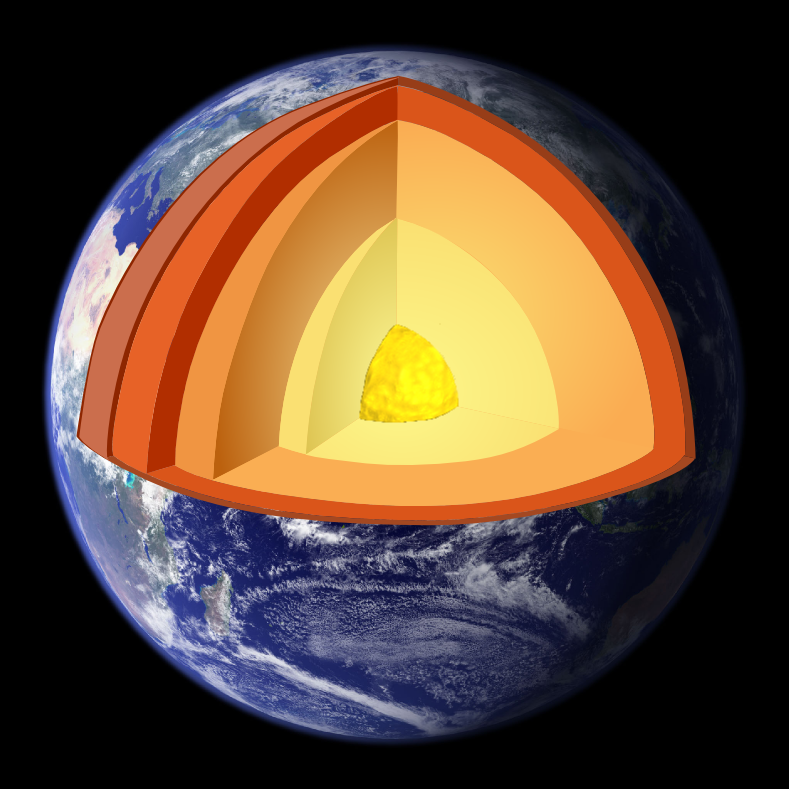A water reservoir beneath the earth’s surface that’s three times larger than Earth’s oceans combined has been discovered by researchers from Northwestern University and the University of New Mexico, potentially providing insight on a “whole-Earth” water cycle.
This reservoir, encased in a rock named “ringwoodite,” is 700 kilometers, or about 434 miles, deep into the earth’s mantle, underneath the United States. Ringwoodite is a type of absorbent rock that can encase moisture and release it into the earth through magma. Scientists were only able to obtain a sample in 2014, where a grain was found in a diamond in Brazil and was extracted from the crystal for research.
The water is not in one of the common three forms we find above ground, such as ice, liquid or gas, however. It is in a fourth form while it is encased in the blue ringwoodite, which is only achievable under specific conditions, in which a water molecule is split into a hydroxyl radical, a form found bound in a mineral’s crystal structure.
Research suggests that when tectonic plates shift, water falls into the earth and gets trapped in the ringwoodite, allowing it to be stored in the hydroxyl radical form and be rereleased through volcanic eruptions.
This was unveiled through seismic observations and laboratory experiments, discovering the “transition zone” within an area of the earth’s mantle that contains ringwoodite.
“These results suggest hydration of a large region of the transition zone and that dehydration melting may act to trap H2O in the transition zone,” the American Association for the Advancement of Science stated in its coverage of the research papers.
“Seismic data from the USArray are giving us a clearer picture than ever before of the earth’s internal structure beneath North America,” Brandon Schmandt, a seismologist researching the topic at the University of New Mexico, stated. “The melting we see appears to be driven by subduction — the downwelling of mantle material from the surface.”
There is no guarantee that every sample of ringwoodite is like its Brazilian sample, however. Northwestern geophysicist Steve Jacobsen has been synthesizing ringwoodite samples and discovered that the mineral could hold 1.5% water in its structure. If the ringwoodite in the earth’s mantle contains even 1% of water in its molecular build-up, it could hold more water than our oceans combined three-fold.
This body of water will help scientists further understand how the earth cycles through water, answering a long-asked question of whether the water on Earth solely comes from the atmosphere and bodies of water, suggesting a new explanation for the earth’s deep water cycle.
“I think we are finally seeing evidence for a whole-Earth water cycle, which may help explain the vast amount of liquid water on the surface of our habitable planet,” Jacobson elaborated on the results of the findings. “Scientists have been looking for this missing deep water for decades.”








